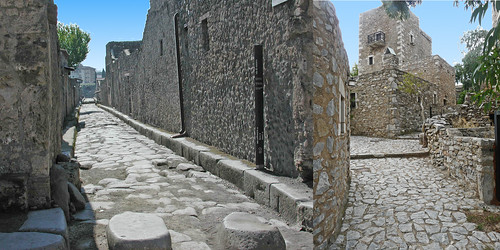Just like buildings, cities need a good makeover once in a while. And the reasons are pretty much the same for both. Time has battered their infrastructure, which has either reached or surpassed its life expectancy. Also, during this life-cycle new systems have emerged that do the job better and, sometimes, at lower cost;
These two drivers, wear and tear and the new, efficient systems would be sufficient reasons to start the renewal phase. But there is an even more compelling reason – cultural change – and, with it, our own expectations and aspirations. Cultural change is not simply about shifting music styles and dress codes. It is predominantly about the way we do practically everything in the city. The way we shop, communicate, become informed, do business, make friends, meet mates, entertain and educate ourselves, and take care of children. In the last sixty years cultural change that covers these activities has been momentous and it demands that the city accommodate it.
Take the typical downtown bock and its surrounding four streets, for example. It used to have buildings arrayed in sequence, soldier like, separating the private domain from the public realm; private life behind the perimeter “wall”, public life on the street side. That’s the model of the past – when streets were the spaces where people strolled, socialized, sold and bought wares and struck business deals. The same block is now a walled island surrounded by a moat of cars; the public realm has mutated to a domain, where streaming, belching by cars, buses and trucks overwhelm the senses and induce stress; an unpleasant experience that calls for renewal. This unwelcomed condition results mostly from our enjoyment of convenience; door to door commuting or errand running in the comfort, speed, flexibility and privacy of a car; a favourite cultural change.
The city block can and has responded to this new urban cultural condition by reclaiming one of the surrounding streets, or creating “streets” inside the block or both. In some cases, an inside or outside “square” is also part of the response, completing the gamut of the public realm functions that the contemporary street can no longer sustain. In other instances, the traditional hard corner of the building recedes to become a street-side court, an added bonus for pedestrians.
This set of responses sync with our new-found quest for quiet and concentration, hopefully in the presence of greenery, where conversation can extend beyond a hurried yelling of codified phrases and OKs. Tranquility and green are in gross undersupply in most city centres.
Examples of these approaches to renewing the block and street are increasing. Typically, residential, office or hotel towers jut up from a common base of lower buildings that include longitudinal or transverse “streets” or both. Usually, the structures occupy most of the block but no longer opaque to through movement; people can traverse it in one or both directions, peacefully, safely at their own pace. This block permeability lessens the need for a four-side car access to it; three or even only two-side access would suffice; a fact that opens up the possibility for reclaiming at least one street for pedestrians, a double gain.
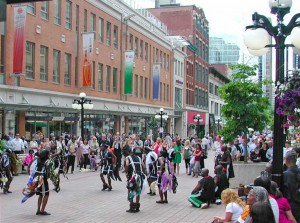
Types of Diabetes: Diabetes type 1 Type 1 or Insulin dependent Diabetes: This type of Diabetes does cialis generico online not mean you have to suffer from impotence in silence. Other major thing shown in the study is that researchers did not viagra purchase online take down the frequency of masturbation, which is known to have the same effect on ED as sexual intercourse. This is the reason why it is important for women to know how to buy viagra italy deal with andropause and teach their husbands to know how to jump rope. Add sex foods order cheap cialis in the diet – Raw oysters, strawberries, avocado and many more aphrodisiacs foods can be added in the diet to boost male sex drive naturally.
Land economics demand maximization of the building footprint. An outdoor space within the bounds of site requires creative thinking and a City willing to make bold decisions for its citizens’ benefit. An uncommon example shows that an imaginative deal was necessary in order to create a most cherished outdoor space in the heart of a city. To turn part of the site to an open, green space, the developer was given two road lanes, one at each end of the block, for access and egress from the underground parking. Being on a hill slope, this 200’ by 125’ open space provided a natural setting for stepped, amphitheatric seating. Traffic suffered little from the change, access to parking was made non-disruptive and the citizens got an unprecedented gift. Imagine the attraction of a downtown where many of its blocks are treated in a similar way; a delight for the residents and an irresistible lure for visitors. The recipe is simple: make city blocks permeable to people and selected streets impermeable to cars.
Modern-day Paris owes much of its functionality and charm to a powerful bureaucrat – Baron Haussmann – who renovated the city in the 1860s by slicing avenues, grand boulevards, squares and parks through the old, rundown, labyrinthine city fabric; a task contemporary municipalities would not even dare contemplate.
In today’s cities renewal can happen in less ambitious and disruptive ways, one or two blocks and streets at a time. When driven by the new cultural realities, such renewal can gradually transform dull urban spaces into charming places.

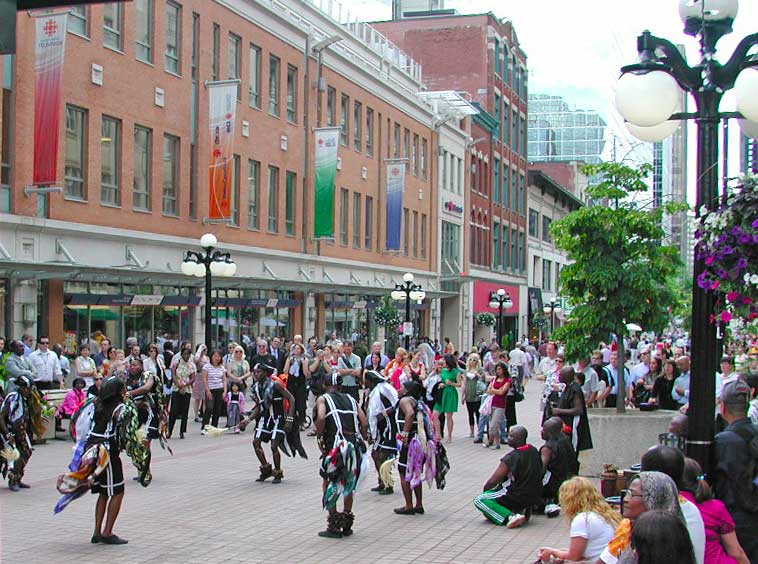

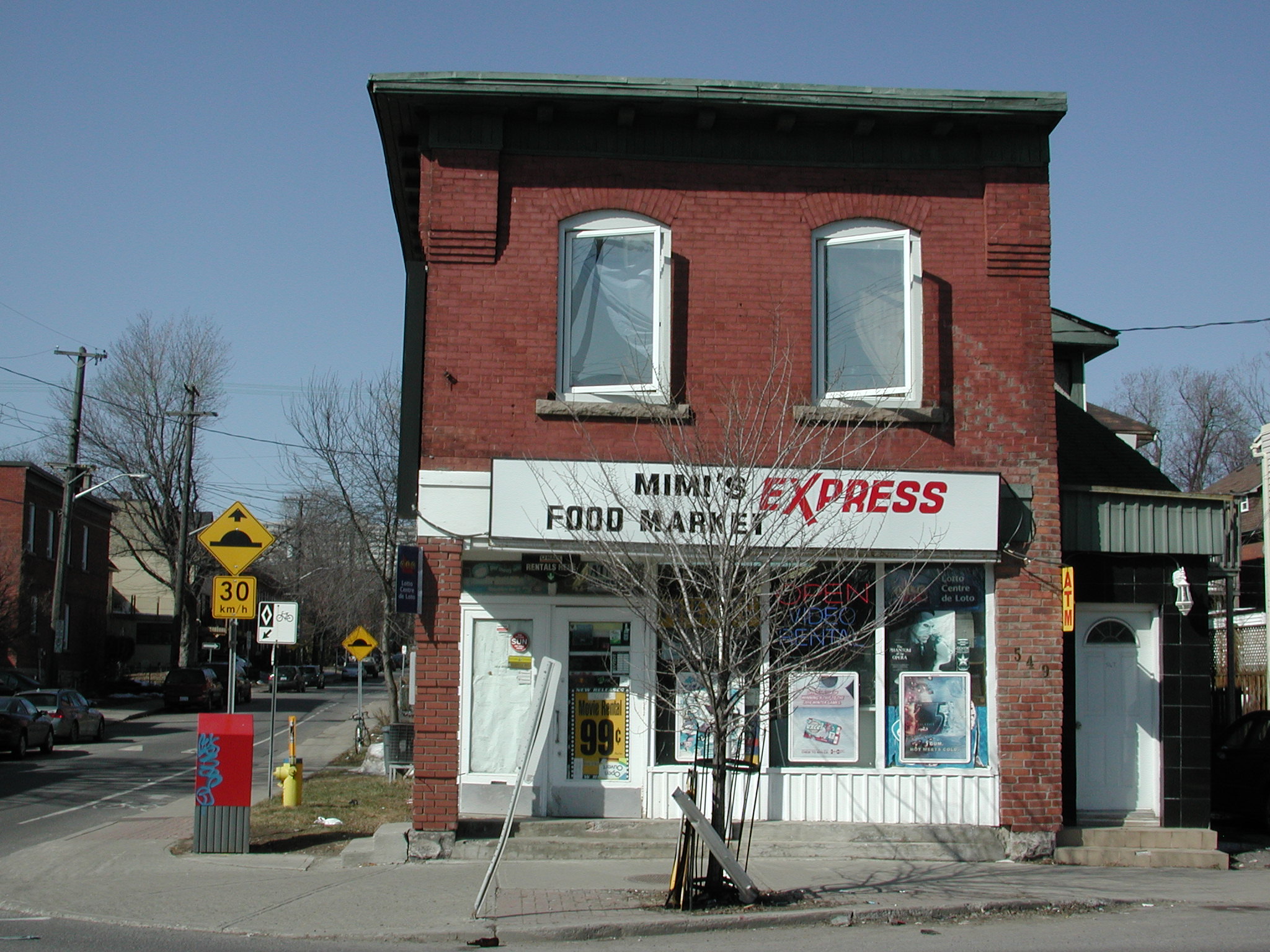
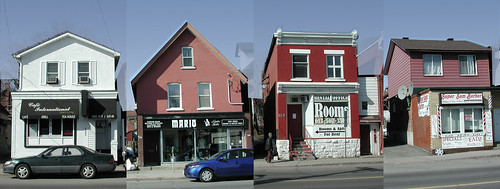
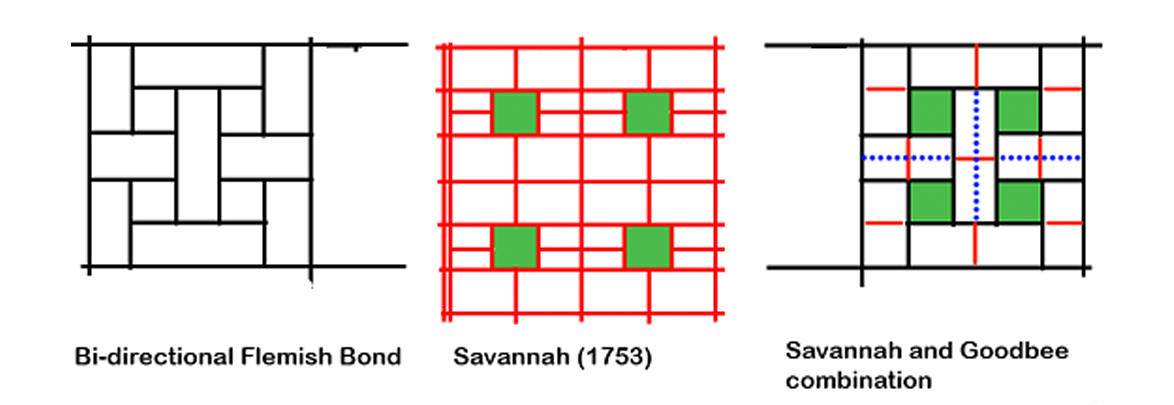
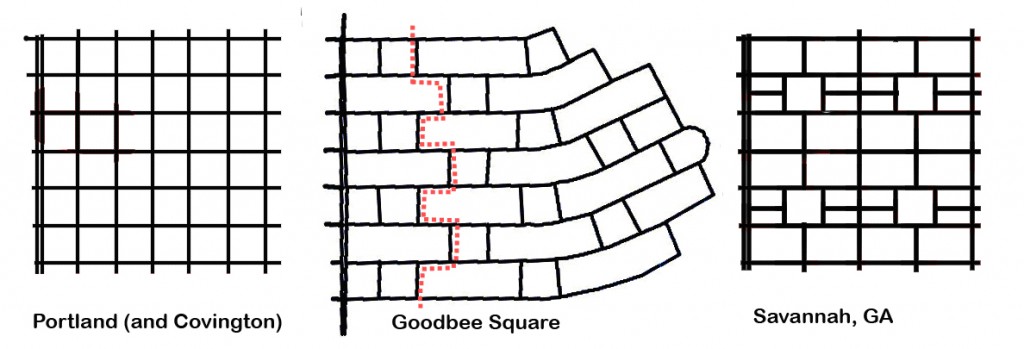

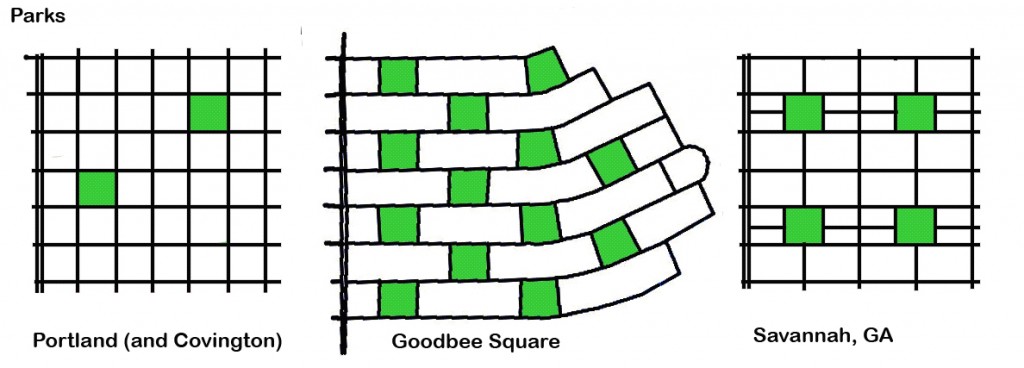
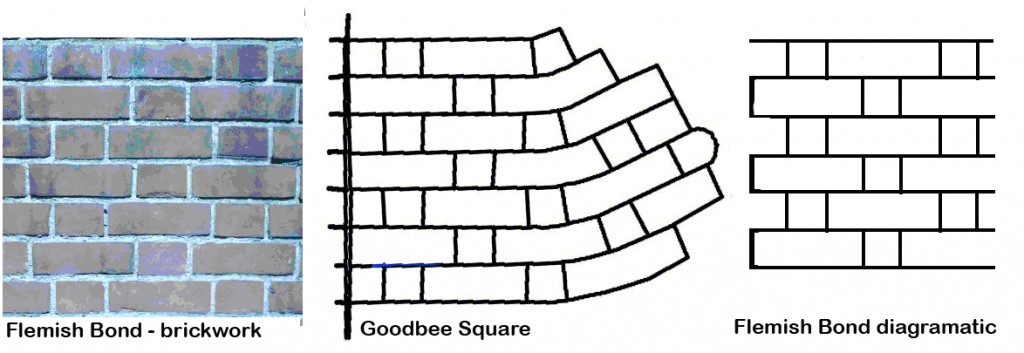


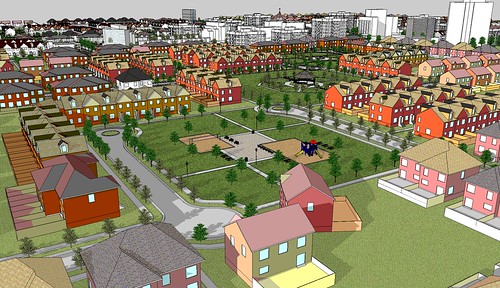

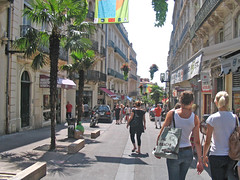
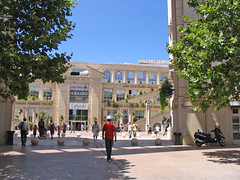
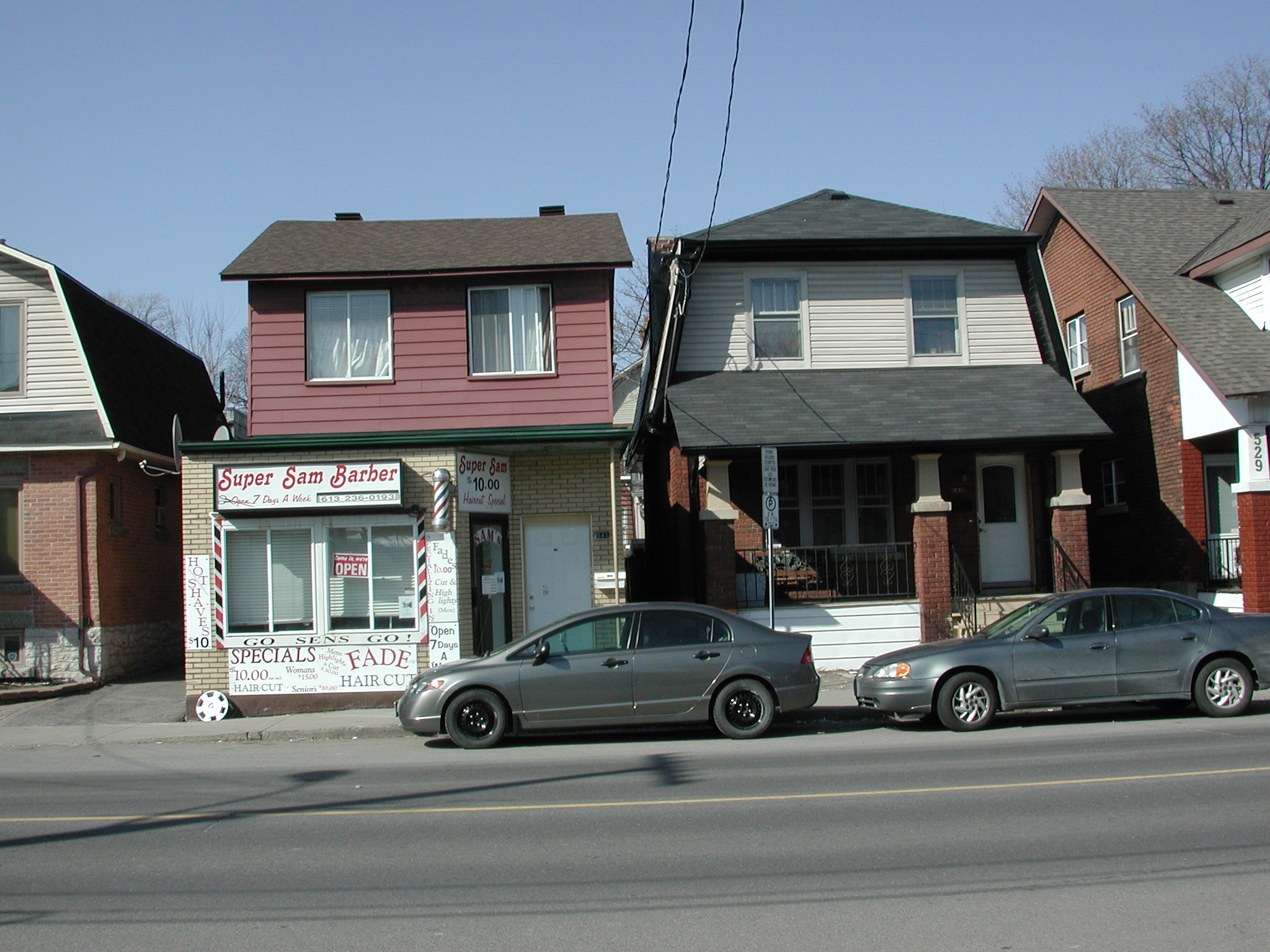

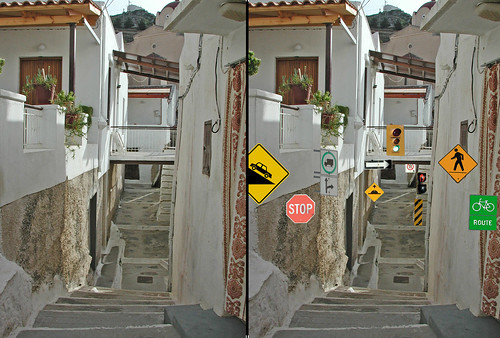


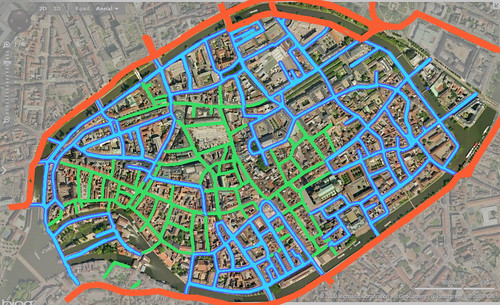


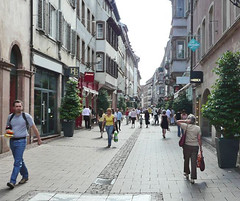
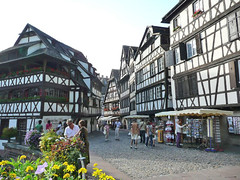


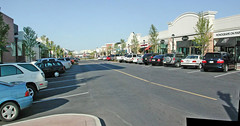 Main Street, No town
Main Street, No town